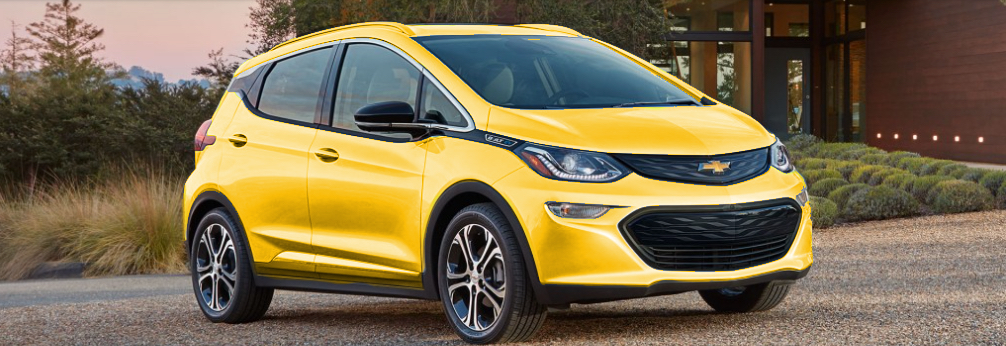
In January 2015, I attended the North American International Auto Show (NAIAS) to see the unveiling of the 2nd generation Chevy Volt. Also shown, during the same presentation, was the concept EV, the Chevy Bolt. I thought it interesting that the paint color used on the concept was very, very similar to the usual color of the BMW i3 in ads, causing me to compare the two vehicles’ exterior appearance, side-to-side.
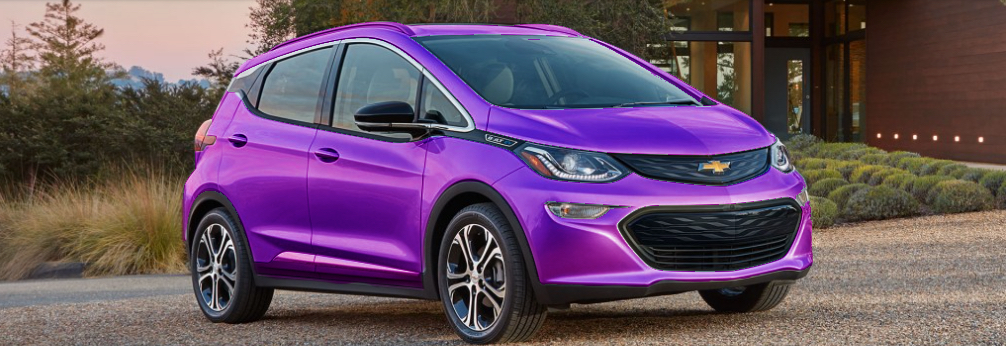 This January, the production version of the Chevy Bolt debuted at CES, formerly known as the Consumer Electronics Show, in Las Vegas. It’s an interesting place to present a new car, but I think we can all agree that the Bolt is a consumer-used electronics device. However, I’m wondering if this venue hints to more fundamental shifts in the thinking of automotive marketing and after-market support/updates. Time will tell.
This January, the production version of the Chevy Bolt debuted at CES, formerly known as the Consumer Electronics Show, in Las Vegas. It’s an interesting place to present a new car, but I think we can all agree that the Bolt is a consumer-used electronics device. However, I’m wondering if this venue hints to more fundamental shifts in the thinking of automotive marketing and after-market support/updates. Time will tell.
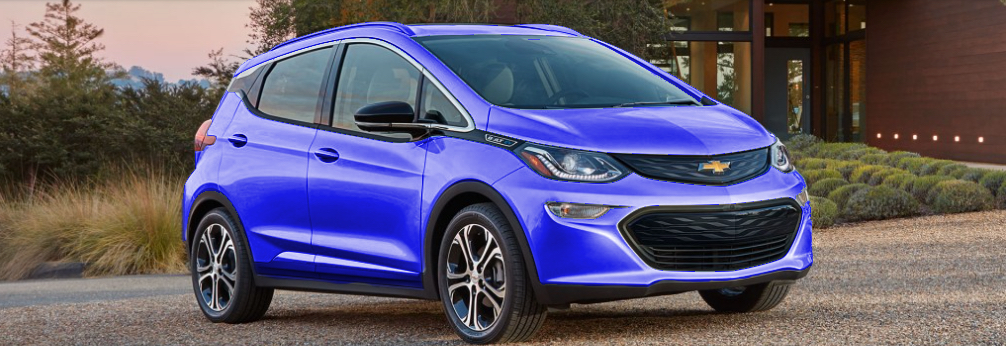 The official Chevy Bolt site is up an running, although photos there are captioned, “Pre-production model shown. Actual model may vary.” (and then the best part) “Available in Late 2016.”
The official Chevy Bolt site is up an running, although photos there are captioned, “Pre-production model shown. Actual model may vary.” (and then the best part) “Available in Late 2016.”
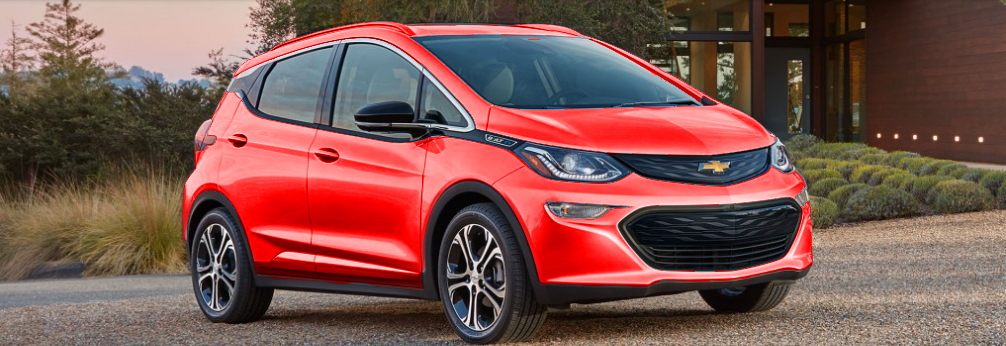 This, in my opinion, is a very important EV, in that it will be the first 200+ mile range EV costing less than $70K. It is expected to cost $37,500 before federal income tax credit (or $30K after it). That is HUGE! Quite often, when speaking with a potential plug-in vehicle buyer, I am told, “If I could go a couple hundred miles on a charge, I’d be interested.” Although studies have shown the average American drives 40 miles a day, many seem to think they need much more range than that. In general, I would agree with that sentiment, if we are discussing pure EVs. In the case of a hybrid, like the Volt, i3 (with REX), C-Max Energy, ELR, etc, I’d disagree, based on my 3-1/2 years driving Volts.
This, in my opinion, is a very important EV, in that it will be the first 200+ mile range EV costing less than $70K. It is expected to cost $37,500 before federal income tax credit (or $30K after it). That is HUGE! Quite often, when speaking with a potential plug-in vehicle buyer, I am told, “If I could go a couple hundred miles on a charge, I’d be interested.” Although studies have shown the average American drives 40 miles a day, many seem to think they need much more range than that. In general, I would agree with that sentiment, if we are discussing pure EVs. In the case of a hybrid, like the Volt, i3 (with REX), C-Max Energy, ELR, etc, I’d disagree, based on my 3-1/2 years driving Volts.
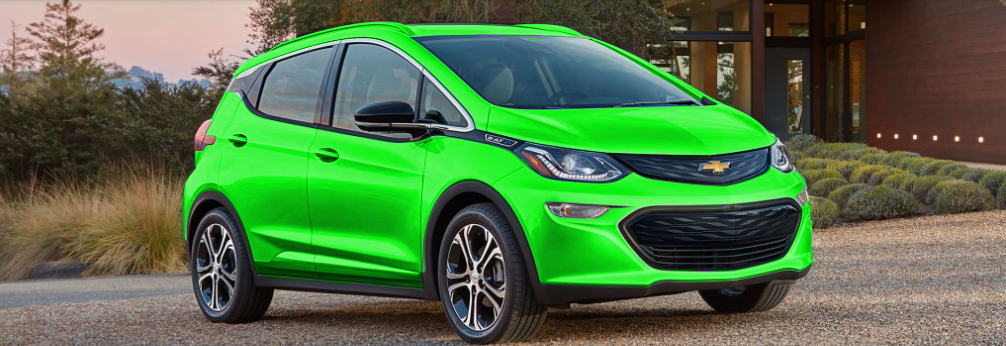 But then again, I am definitely an early adopter of new technology.
But then again, I am definitely an early adopter of new technology.
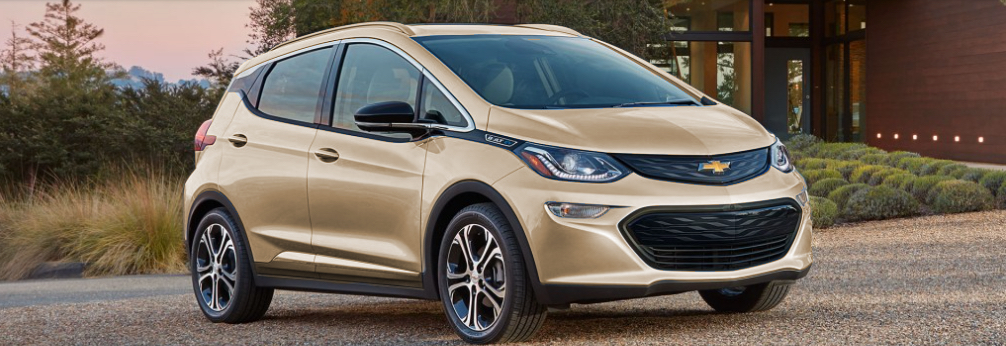 This may be the one that starts mass adoption of EVs. I’d still like to see a Chevy Colorado-sized EV or Volt-like hybrid, since at least 60% of my dealership’s sales are trucks/SUVs. In fact, my own sales, in which I always bring up the Volt (if it seems like a possible fit for the client), are 33% trucks (Silverado, Tahoe, Suburban and Colorado) and only 13% Volt and 11% Corvette. Many of these trucks and SUVs are sold to people who will never, ever tow anything. How do I know? I ask! As part of my exploration of the client’s needs, if trucks or SUVs are desired, the next step is to determine what sort of towing capacity they may need. They just really like the pickup or SUV form factor.
This may be the one that starts mass adoption of EVs. I’d still like to see a Chevy Colorado-sized EV or Volt-like hybrid, since at least 60% of my dealership’s sales are trucks/SUVs. In fact, my own sales, in which I always bring up the Volt (if it seems like a possible fit for the client), are 33% trucks (Silverado, Tahoe, Suburban and Colorado) and only 13% Volt and 11% Corvette. Many of these trucks and SUVs are sold to people who will never, ever tow anything. How do I know? I ask! As part of my exploration of the client’s needs, if trucks or SUVs are desired, the next step is to determine what sort of towing capacity they may need. They just really like the pickup or SUV form factor.
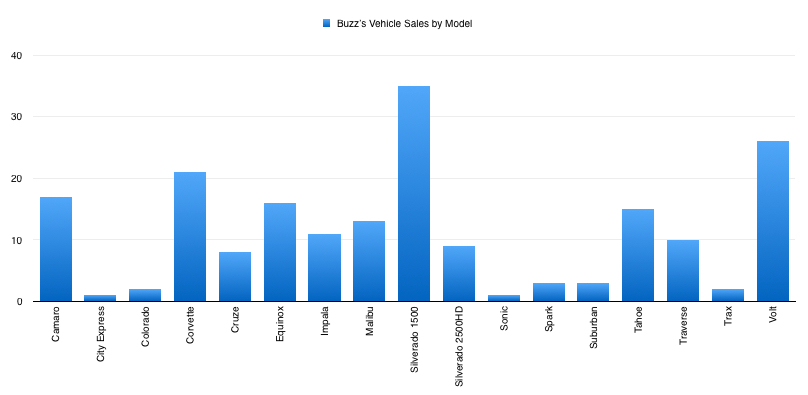 The key to major market penetration of EVs will be range, acceleration (at the high price segment*) and form factor. For acceleration, there’s always the BMW i8, Tesla Model S & Model X, Acura NSX, Porsche 918 Spyder. General Motors recently trademarked the names Corvette E-ray and E-ray, without stating what it means… (oh please, oh please, oh please!)
The key to major market penetration of EVs will be range, acceleration (at the high price segment*) and form factor. For acceleration, there’s always the BMW i8, Tesla Model S & Model X, Acura NSX, Porsche 918 Spyder. General Motors recently trademarked the names Corvette E-ray and E-ray, without stating what it means… (oh please, oh please, oh please!)
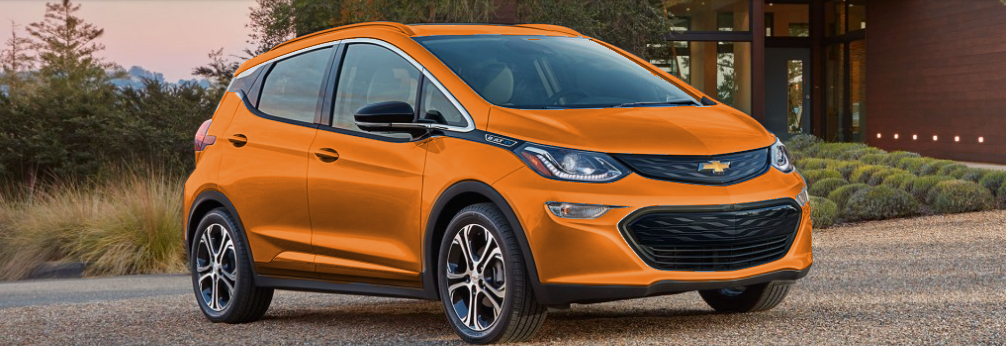 The traditional truck/SUV market already supports prices up to and beyond $65K (see Tahoe LTZ, Silverado 2500HD High Country as Chevrolet examples). Whoever devises a truck/SUV plug-in (especially a sequential hybrid, like the Volt/ELR) will sell a great number of vehicles, IF they can get to a $70K-$80K price point. I’m looking at you Via Motors/Bob Lutz! (BTW: If you haven’t ready Mr. Lutz’s books, I highly recommend them.)
The traditional truck/SUV market already supports prices up to and beyond $65K (see Tahoe LTZ, Silverado 2500HD High Country as Chevrolet examples). Whoever devises a truck/SUV plug-in (especially a sequential hybrid, like the Volt/ELR) will sell a great number of vehicles, IF they can get to a $70K-$80K price point. I’m looking at you Via Motors/Bob Lutz! (BTW: If you haven’t ready Mr. Lutz’s books, I highly recommend them.)
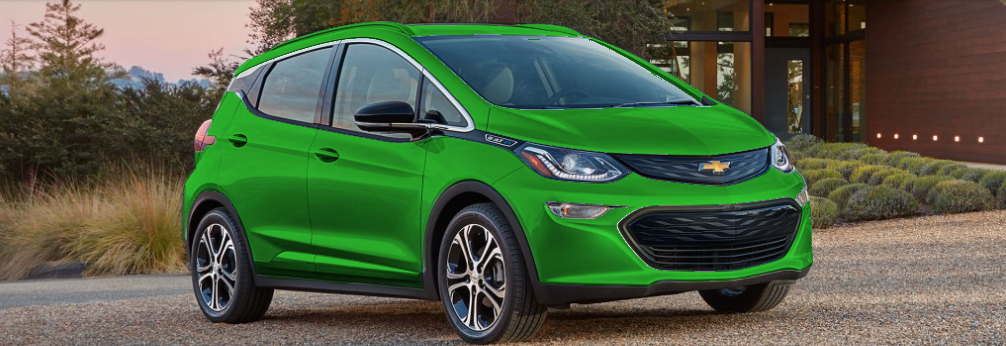 I am currently gathering all the information, regarding the Bolt, that I can, in order to give as much Bolt information as possible. Look for it in the next few days. In the meantime, here’s a General Motors video about the Bolt:
I am currently gathering all the information, regarding the Bolt, that I can, in order to give as much Bolt information as possible. Look for it in the next few days. In the meantime, here’s a General Motors video about the Bolt:



I enjoyed your article and seeing the Bolt in many different colors. I’ve got a 2012 Volt and live in the St Louis area. I’ve talked to many people about EV’s over the last 3 1/2 years, mostly while charging my Volt at Missouri Botanical Garden, where I visit usually once or twice a week. The most common statement that people have told me is that they won’t consider getting an EV or PHEV until they can charge them almost as quickly as they can fill their tank with gas (with a nationwide network of charging stations), and the price is comparable to a ICE car of similar size. If these people are telling me the truth, I don’t see many more EV’s being sold than what we are currently seeing. It currently looks to be a long, drawn out process to get a significantly larger number of EV’s on the road.
Based on two surveys by Ford, I’ve been much more optimistic. However, the oil price collapse will slow things down, people like us, that keep sharing our enthusiasm with others, will be key. People who worry about charge time, when the number of public chargers, compared to gas stations, is minuscule, just don’t understand. When I am asked, “Isn’t it a pain to plug in every time you get home?” I respond, “No! I am more upset when I have to drive somewhere away from home, to buy fuel at a price that’s volatile! Of course, with my Volt, I only have to buy gas once EVERY THREE MONTHS.”
Then their jaw drops and they say, “WHAT?!?!?”
Green Car Reports has some specs on the Bolt. Says 60kWh battery, a 7.2 kW charger, and a CCS fast-charge port too. Interesting stuff.
And your bemoaning a larger plug-in hybrid has been answered, sorta. They have another report saying Chrysler is doing a minivan that can go 30 miles on a charge.
I saw the Chrysler announcement. Other than looking like a station wagon to me, I think the magic range number to survive in today’s EV market is at least 40 miles, the commute round trip distance for 80% of Americans. Vehicles that I track, that have shorter electric range, are showing sales collapses. An example of this is the plug-in Prius. When it first came out, it sold pretty well, based (in my opinion) on owners’ experience with a previous Prius. As customers became more aware of competitive EVs, the Prius’ sales have dropped to only 22 last month. Specifically though, the pickup form factor is what’s needed as soon as we can get it.
Certainly right, but for some, it will still work. And at least it shows manufacturers are starting to think more about electrifying larger vehicles. Not a perfect step, but still in the right general direction I hope.
EV trucks will be a tough sell to get rolling I think as the marketing is all about the huge macho image of the massive engine and the ability to tow a battleship. The marketing boys are going to have some long nights figuring out how to fit an EV truck into that preconception.
My personal hope though is that Honda will take the Chrysler as a challenge and do one better with an EV Odyssey. Then I’ll have a real shot at getting the wife to go electric. She likes my Volt but it is ‘too small’ for her tastes. And she has a point. As a Girl Scout Leader and Cookie Mom for the troop, she does get use out of the van’s cargo space. She’ll be loading it up this weekend when the first shipments come in and sales start.
What’s the latest news on the Bolt? When will it debut? When will Classic get its first Bolt?
Will it beat the new reasonably priced Tesla model to market?
I think the Bolt could be the game changer for EVs if–IF–GM and its dealers actually make an effort to sell it. Will that happen?
The Bolt will beat the Tesla Model 3 to market by at least a year, perhaps more. Tesla has a reputation for overly optimistic projections of availability, while pre-production Bolts are being built NOW: http://www.greencarreports.com/news/1103010_2017-chevy-bolt-ev-pre-production-cars-now-being-built-video?fbfanpage. In fact, Tesla Motors’ Model 3 Reservation Agreement states the Tesla may not be available until the end of 2017 “or later.” http://www.greencarreports.com/news/1103098_heres-the-tesla-model-3-reservation-agreement-for-thursday.